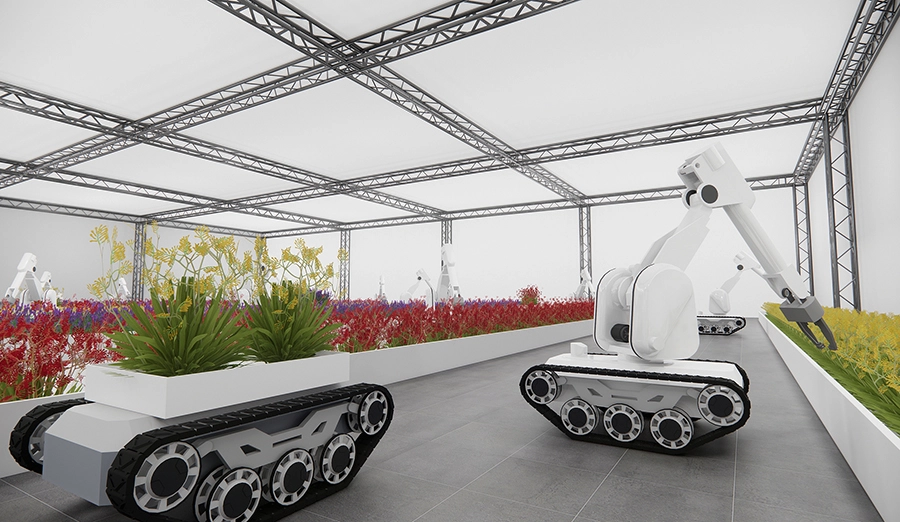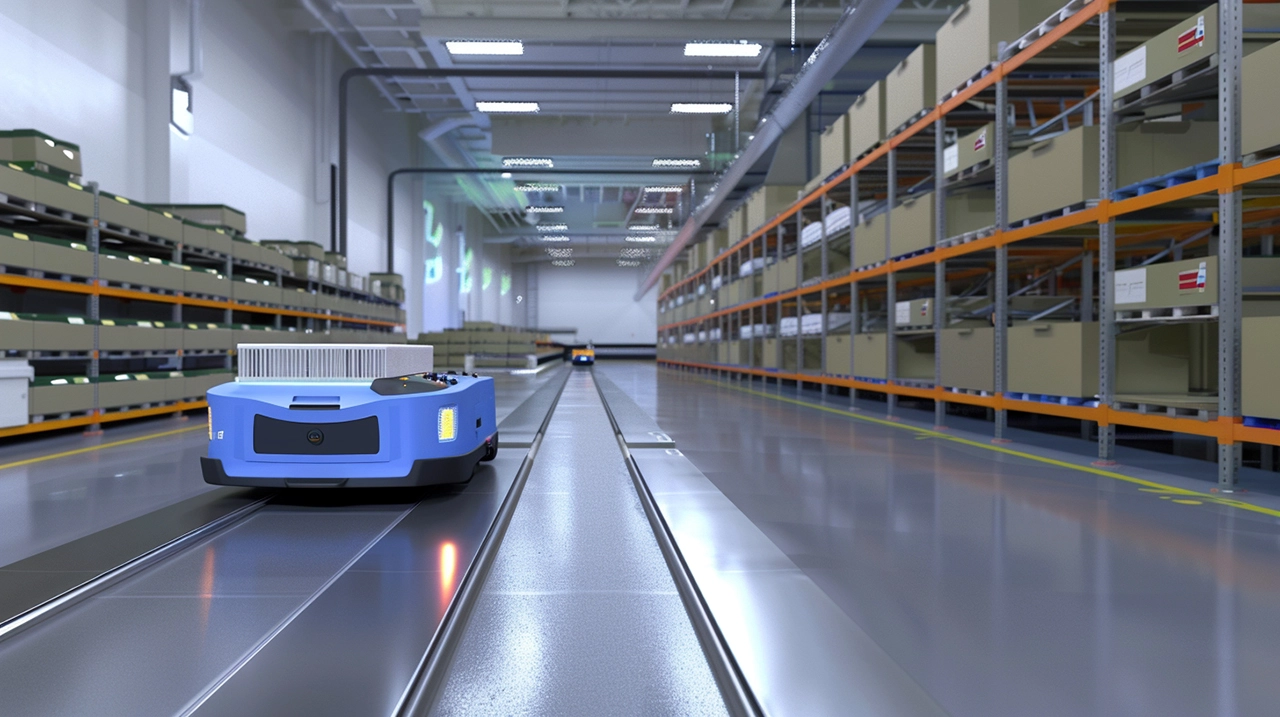
WIRELESS CHARGING IN THE NEWS
With the in-depth advancement of Industry 4.0, intelligence and automation have become the core driving forces of modern industry. Against this backdrop, wireless charging technology, with its unique advantages, is reshaping industrial scenarios, from dark factories to explosion-proof workshops, triggering a safety revolution. Wireless charging not only enhances production efficiency but also resolves many pain points of traditional wired charging, bringing brand-new possibilities to the industrial sector.
In traditional industrial scenarios, equipment charging often relies on wired connections, which not only increases the complexity of equipment management but also brings potential safety hazards. For instance, in explosion-proof workshops with high temperatures, high humidity, and flammable and explosive properties, the connection of wires is prone to cause fires or explosions, seriously threatening the safety of workers and equipment. In addition, frequent plugging and unplugging operations can also easily lead to interface wear and tear, affecting the service life of the equipment. The emergence of wireless charging technology has fundamentally solved these problems.
Wireless charging achieves non-contact transmission of electrical energy through electromagnetic induction or magnetic resonance technology. The device only needs to be placed in the charging area and it will automatically complete charging without the need for plugging or unplugging operations. This contactless charging method not only reduces equipment wear and tear but also avoids safety hazards such as short circuits and sparks in wires, making it particularly suitable for high-risk environments like explosion-proof workshops. For instance, in flammable and explosive places such as petrochemicals and coal mines, wireless charging devices can completely avoid the risks caused by electric sparks and significantly enhance work safety.
In dark factories, the application of wireless charging technology has further promoted fully automated production. A dark factory, that is, a fully automated factory without human intervention, requires that the equipment can operate continuously for 24 hours. The traditional wired charging method requires manual intervention and is difficult to meet this demand. Wireless charging devices can be embedded in the production line to achieve automatic charging of the equipment and ensure the continuity of the production process. For instance, when AGVs (Automated Guided Vehicles) are transporting materials, they can automatically enter the charging area and complete the charging process without stopping the machine, thereby significantly enhancing production efficiency.
In addition, wireless charging technology also makes the flexible deployment of industrial equipment possible. Traditional wired charging devices are often limited by the location of power sockets, which restricts the movement range of the devices. Wireless charging devices, on the other hand, can be deployed at any location within the factory. The devices can move freely without worrying about charging issues. This flexibility is particularly suitable for flexible production lines, which can quickly adjust the equipment layout according to production needs and enhance the adaptability of the production line.
The application of wireless charging technology has also brought about the intelligence of energy management. By integrating Internet of Things (iot) technology, the wireless charging system can monitor the battery status of devices in real time and intelligently allocate power according to production needs. For example, during peak electricity consumption periods, the system can give priority to charging key equipment to ensure the stable operation of the production line. During off-peak electricity consumption periods, auxiliary equipment is charged to optimize energy utilization efficiency. This intelligent energy management not only reduces energy consumption but also enhances the overall operational efficiency of the factory.
However, the application of wireless charging technology in the industrial field also faces some challenges. The first issue is the maturity of technology. At present, there is still room for improvement in wireless charging technology in terms of high-power transmission and charging efficiency, especially in industrial scenarios where devices often require high-power charging, which poses higher demands on wireless charging technology. The second is the issue of cost. The initial investment in wireless charging equipment is relatively high, which may increase the cost burden of enterprises. However, with the continuous advancement of technology and large-scale production, these problems will be gradually solved.
Wireless charging technology is reshaping industrial scenarios. It not only enhances production efficiency and safety but also offers new solutions for the flexible deployment of industrial equipment and energy management. Despite some challenges, with the continuous advancement of technology, wireless charging technology is bound to play a greater role in the industrial field and promote the in-depth development of Industry 4.0. In the future, wireless charging may become a standard technology in industrial scenarios, providing strong support for intelligent and automated production.







